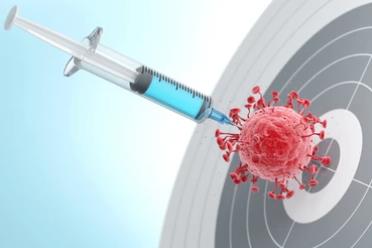The recently discovered Gasdermin (GSDM) protein family plays a crucial role in regulating pyroptosis, a special form of programmed cell death (PCD). In humans, six homologous genes have been identified: GSDMA-E and DFNB59. The role of GSDMs in pyroptosis has been confirmed, and GSDMA-E has been shown to undergo protein hydrolysis processing, leading to the release of n-terminal (NT) fragments that assemble into pores on the plasma membrane (PM). …
Nature
FOXO1- Key Protein That Can Control the Lifespan of Car-T Cells
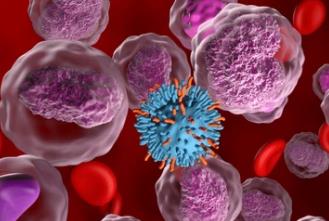
Nowadays, CAR-T cell therapy has completely changed the treatment of certain types of cancer. The longer these CAR-T cells survive in the patient’s body, the more effective their response to cancer becomes. Recently, a research report titled “FOXO1 is a master regulator of memory programming in CAR T cells” was published in the journal Nature. Scientists from institutions such as Stanford University School of Medicine found through their research…
A New Mechanism of Glucocorticoid Inhibition of Inflammation

Cortisone and other related glucocorticoids are highly effective in inhibiting excessive immune responses. But before this, people knew very little about how they did it. Now, in a new study, researchers from Berlin’s Charlotte Medical School, the University of Erlangen, and the University of Ulm have conducted a more detailed exploration of their molecular mechanisms of action. They report that glucocorticoids can reshape the metabolism of immune cells, activating…
RHBDL4 – A Novel Regulatory Mechanism for Controlling the Body’s Immune System
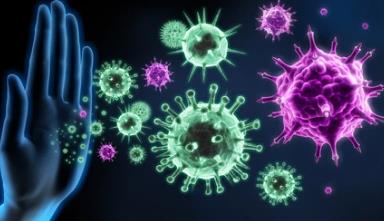
Toll-like receptor 4 (TLR4) is a central regulatory factor of innate immunity in the body, mainly able to recognize the lipopolysaccharide cell wall components of bacteria and induce cytokine release. Recently, a research report titled “RHBDL4-triggered downregulation of COPII adaptor protein TMED7 suppresses TLR4-mediated inflammatory signaling” was published in Nature Communications. Scientists from institutions such as the University of Cologne found through their research that the membrane protease RHBDL4…
The Release of Special Inhibitory Pathways May Promote the Body’s Immune Response against HIV Infection
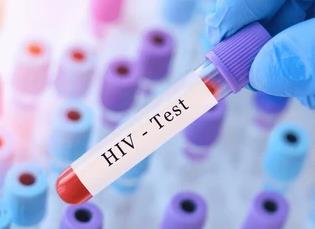
During antiretroviral therapy, the persistent presence of HIV-1 may be due to its establishment of a long-lived virus library in quiescent immune cells. Recently, an article titled “TGF-β blockade drives a transitional effector phenotype in T cells reversing SIV latency and decreasing SIV reservoirs in vivo” was published in the international journal Nature Communications. In the research report, scientists from institutions such as Northwestern University in the United States used…
Regulatory Mechanism of RAS Palmitoyltransferase
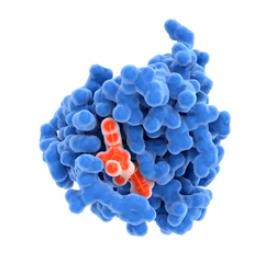
RAS participates in multiple signaling pathways, and post-translational modifications regulate the subcellular localization of RAS to regulate downstream signal transduction. Among them, palmitoylation is a necessary modification of HRAS and NRAS signal transduction. The acyltransferase DHHC9 binds to the helper protein GCP16 to catalyze palmitoylation of HRAS and NRAS, but the interaction between GCP16 and DHHC9, as well as the molecular mechanism by which GCP16 regulates the palmitoylation activity of…
How HIV Capsid Enters the Nuclear Pore Barrier Pathway
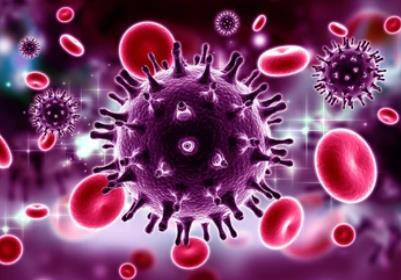
In a new study, Dr. David Jacques, a medical researcher at the University of New South Wales in Australia, and his team discovered how the human immunodeficiency virus (HIV) breaks through the nucleus to establish infection, a discovery that goes beyond the scope of HIV biology. The relevant research results were published online in the journal Nature, with the title “The HIV capsid mimics karyopherin engagement of FG-nucleoporins”. To…
The Mechanism by Which Leukemia Stem Cells Promote Their Own Growth after Chemotherapy
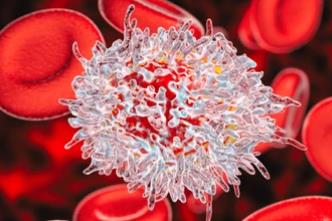
The mystery of why myeloid leukemia begins to grow again after chemotherapy kills most malignant cells and how to prevent growth through reused drugs may be solved through new research. The bone marrow of patients with acute myeloid leukemia (AML) contains a rare group of leukemia stem cells (LSCs) that do not grow and therefore are not killed by chemotherapy. However, after treatment, these cells began to grow and…
The New Role of STING in the Human Innate Immune System
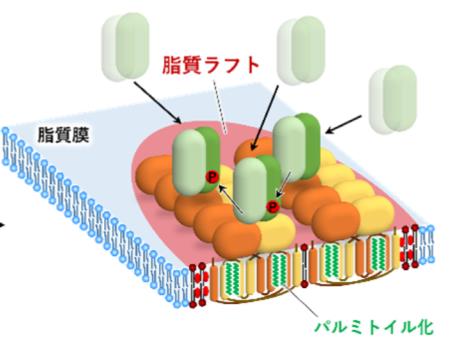
When pathogens invade the body, the innate immune system will play a role in resisting the invading pathogens. The innate immune system is the first line of defense. It can accurately detect viruses or bacteria, and then activate proteins to fight against pathogens. In order to better understand the working principle of the innate immune system in the body, researchers from research institutions such as the National Cancer Center Research…
MSL2 Ensures the Expression Mechanism of Mammalian Biallelic Genes
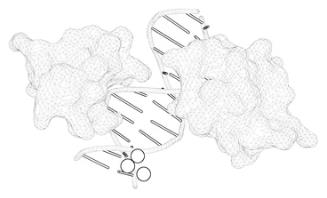
Have you ever thought about why every chromosome in our cells has two copies? During the breeding process, we obtain a copy from each of our parents. This means that we also obtained two copies or alleles of each gene from each chromosome or pair of parents. Both alleles can produce messenger ribonucleic acid (mRNA), which is the formula required for mRNA to manufacture proteins and maintain cell operation….
